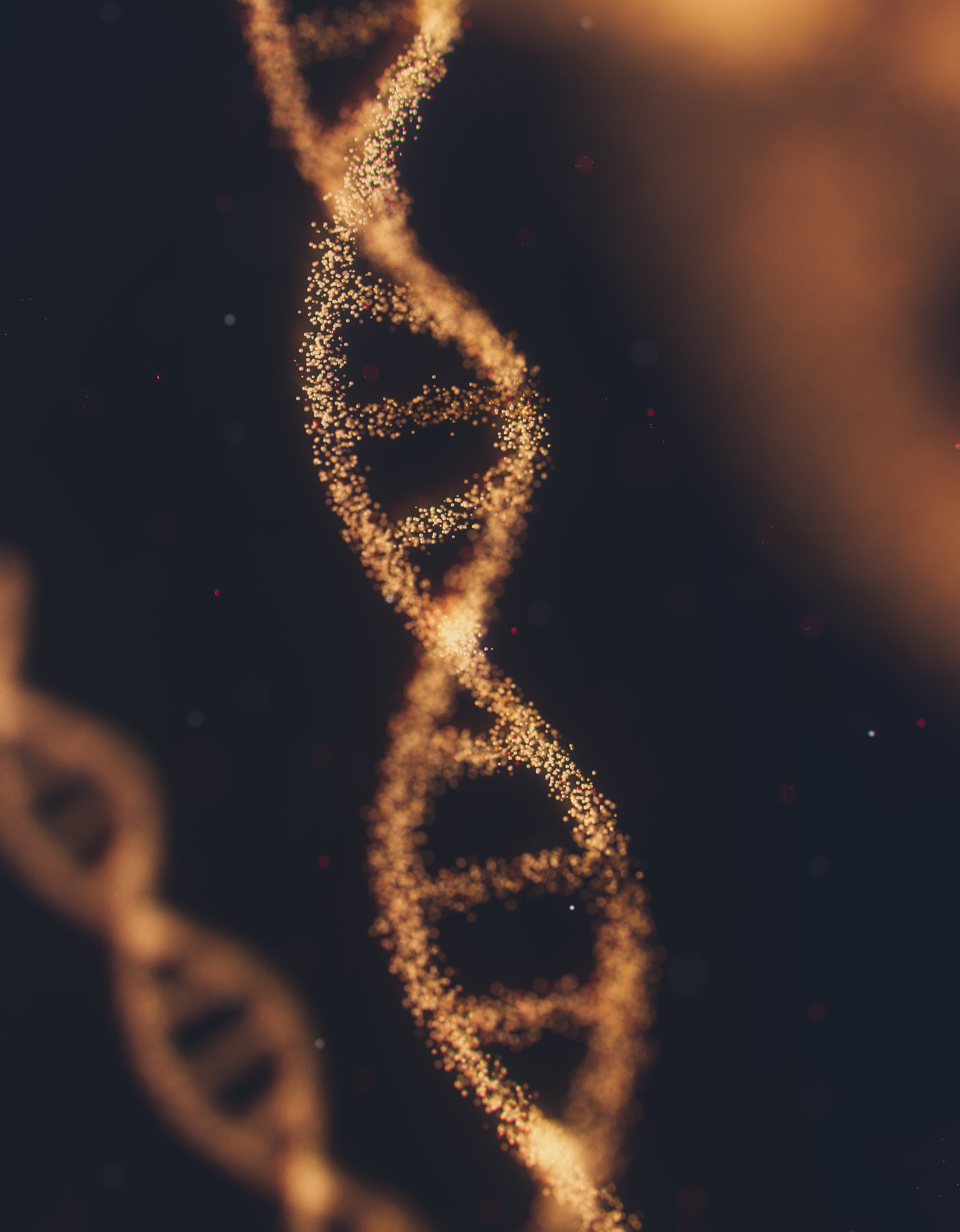Side Effects May Include … A Completely New Hair Color?
By Sarah Zhang,
The Atlantic
| 06. 22. 2022
Photo by ANIRUDH on Unsplash
In October 2019, Jordan Janz became the first person in the world to receive an experimental therapy for cystinosis, a rare genetic disease. The treatment was physically grueling. Doctors extracted blood stem cells from Janz’s bone marrow and genetically modified them in a lab. Meanwhile, he underwent chemotherapy to clear out the remaining faulty cells in his bone marrow before he got the newly modified ones. The chemo gave Janz sores in his mouth so painful that he couldn’t eat. He lost his head full of pale-blond hair.
But Janz, then a 20-year-old from Alberta, Canada, had signed up for this because he knew that cystinosis was slowly killing him. The mutated gene behind this disease was causing toxic crystals of a molecule called cystine to build up everywhere in his body. He threw up constantly as a kid. Visible crystals accumulated in his eyes. And his kidneys were now failing. Cystinosis patients live, on average, to 28.5 years old.
Fortunately, the experimental gene therapy seemed to work; Janz began to feel better. His...
Related Articles
By Jonathan Matthews, GMWatch | 12.11.2025
In our first article in this series, we investigated the dark PR tactics that have accompanied Colossal Bioscience’s de-extinction disinformation campaign, in which transgenic cloned grey wolves have been showcased to the world as resurrected dire wolves – a...
By Jenny Lange, BioNews | 12.01.2025
A UK toddler with a rare genetic condition was the first person to receive a new gene therapy that appears to halt disease progression.
Oliver, now three years old, has Hunter syndrome, an inherited genetic disorder that leads to physical...
By Simar Bajaj, The New York Times | 11.27.2025
A common cold was enough to kill Cora Oakley.
Born in Morristown, N.J., with virtually no immune system, Cora was diagnosed with severe combined immunodeficiency, a rare genetic condition that leaves the body without key white blood cells.
It’s better...
By Rachel Hall, The Guardian | 11.30.2025
Couples are needlessly going through IVF because male infertility is under-researched, with the NHS too often failing to diagnose treatable causes, leading experts have said.
Poor understanding among GPs and a lack of specialists and NHS testing means male infertility...




